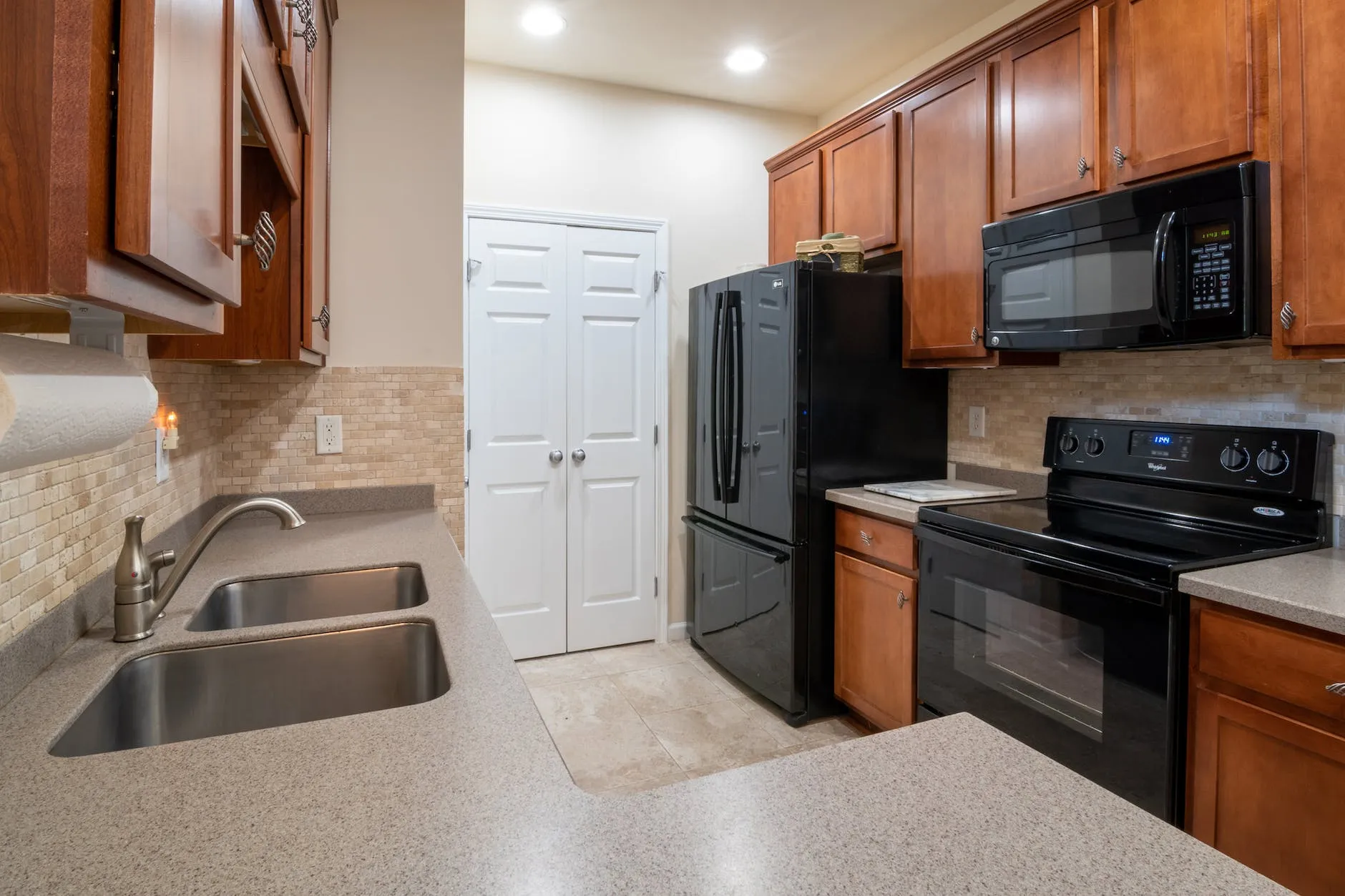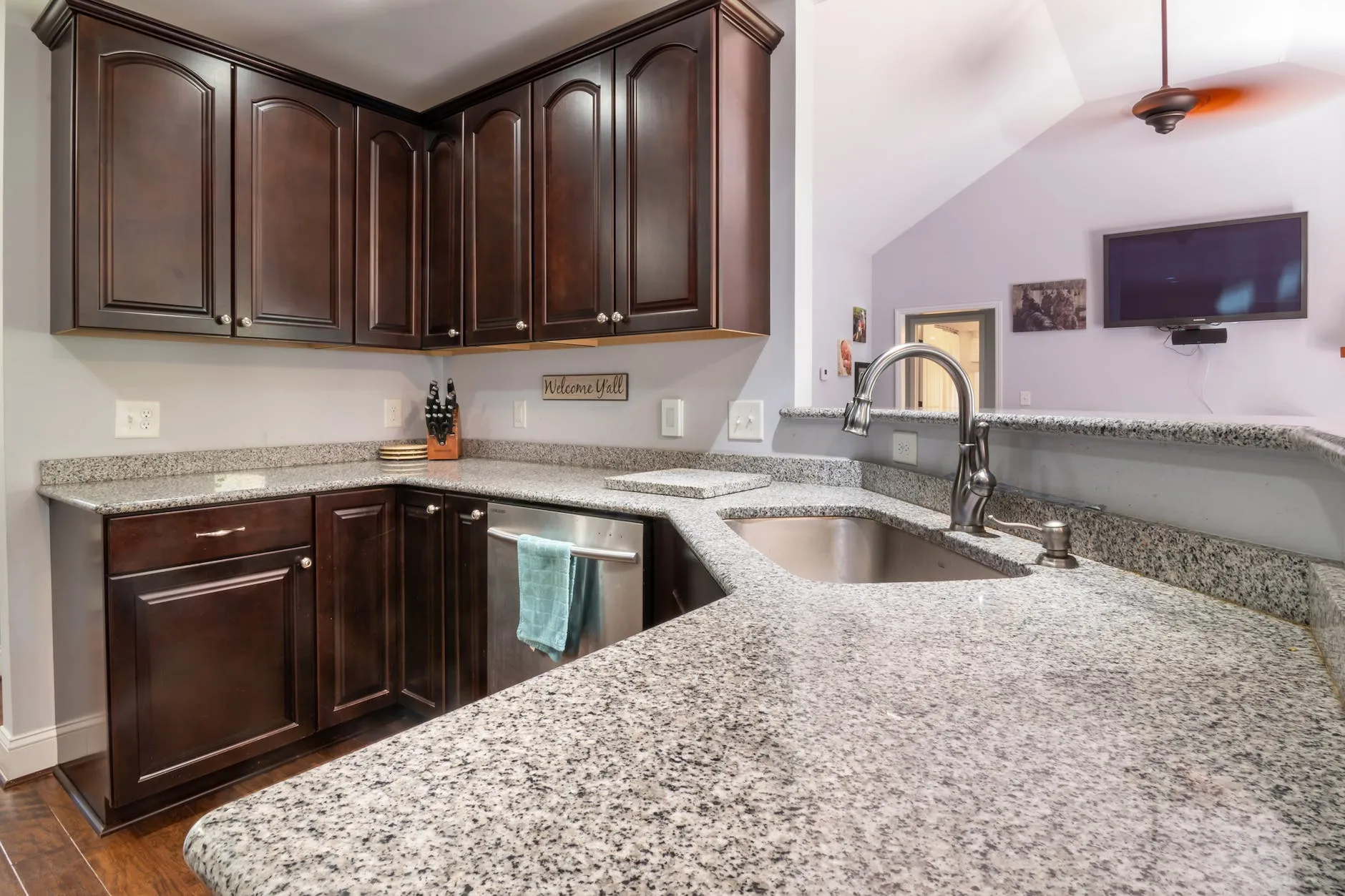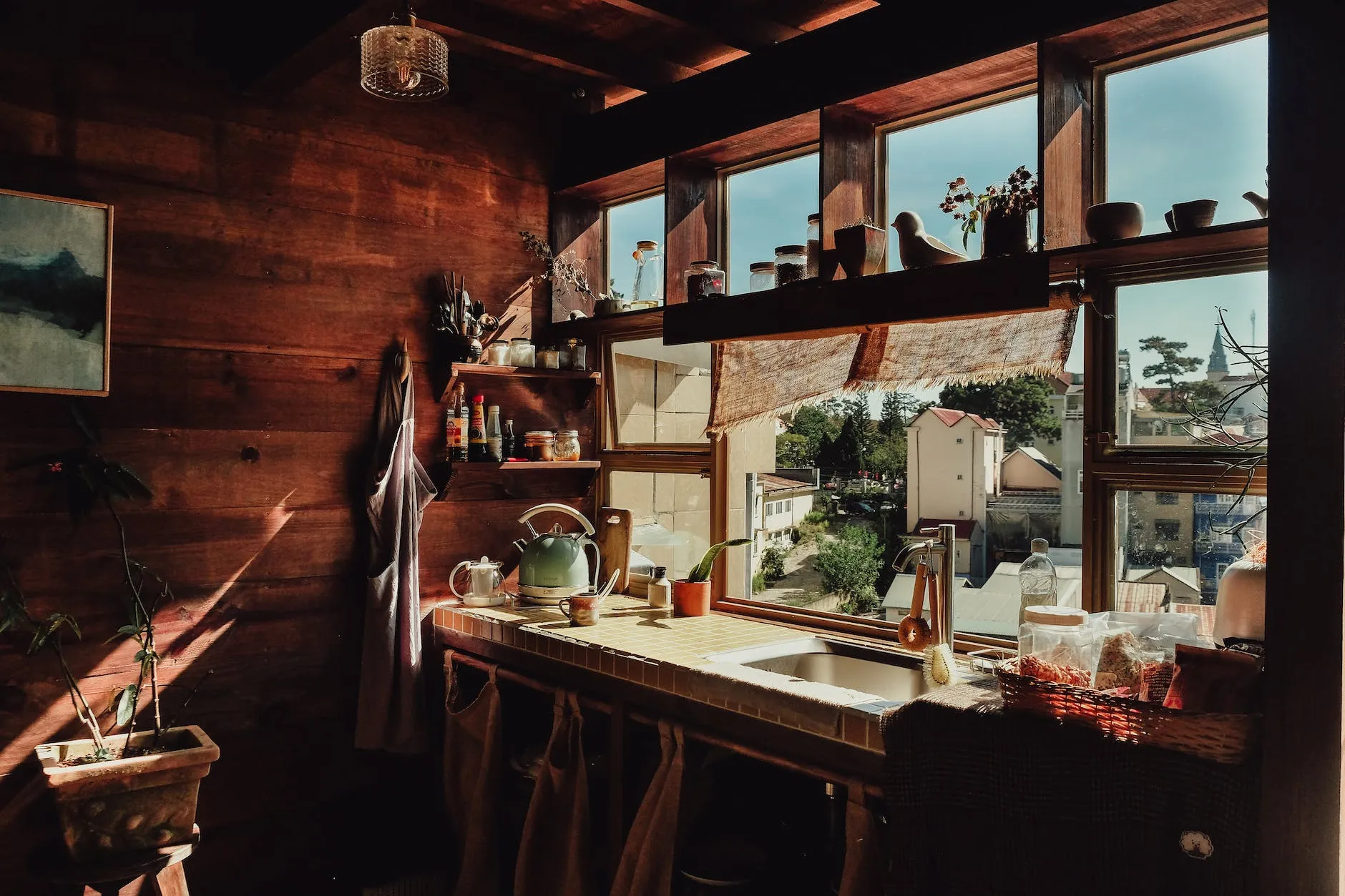When it comes to choosing a kitchen or bathroom sink, it’s important to consider your needs and preferences. Do you prefer a prep faucet, or do you prefer a kitchen faucet? There are pros and cons to both types of faucets, so it’s important to know what you want before purchasing.
In this blog post, we will explore the different features of prep faucet vs. kitchen faucet and help you make the best decision for your needs.
Prep Faucet Vs. Kitchen Faucet
Prepping your kitchen with a prep faucet means having one less step in preparing meals. However, kitchen faucets can be more versatile and ideal for larger pots and pans. They also come in a variety of styles to complement any décor. Here are the pros and cons of each type of faucet:
Prep Faucet Pros
- Lightweight – A preparation faucet is much lighter than a kitchen faucet, making it easier to carry around. This is especially helpful if you have limited mobility or if you want to save on weight carrying your pots and pans around.
- Convenient – A preparation faucet takes only a few seconds to fill up a pot with water, whereas filling up a pot with water using a kitchen faucet can take some time due to its size and design.
- Small Size – Compared to kitchen faucets, preparation founts tend to be smaller in size, making them easier to store away.
Kitchen Faucet Pros
- Versatile – Kitchen faucets can be used for various tasks, such as filling up a pot with water or making coffee.
- Durable – Most kitchen faucets are built to last and are resistant to corrosion and staining.
- Quality Materials – Many kitchen faucets are made from high-quality materials such as brass or stainless steel, which ensures durability and longevity.
Although a kitchen faucet is more versatile, a preparation faucet is easier to use and small enough to be stored away.

What Is A Prep Faucet?
A prep faucet is a type of kitchen faucet that is specifically designed for use before cooking or washing dishes. They often have extra-long hose arms and spouts that make reaching all parts of the pot or sink easy.
Some people prefer prep faucets because they find them easier to use than traditional kitchen faucets. They also tend to have less water pressure, which may be needed if you are using a large pot or basin.
What Is A Kitchen Faucet?
A kitchen faucet is a common fixture in most homes. They come in a variety of styles and materials, but the basic function is to dispense water. There are prep faucets, which are specifically designed for preparing food, and kitchen faucets, which are for more general purposes.
Pros And Cons Of A Prep Faucet
Consider a prep faucet if you’re looking for a way to save water. These types of faucets dispense water without having to use your hands. They’re also more efficient in terms of using less water than traditional kitchen faucets.
However, prep faucets have several disadvantages. For one, they can be harder to use because you have to reach under the spout. Second, these types of faucets can be more expensive than kitchen faucets. And finally, they may not be as durable as standard kitchen faucets.
Pros And Cons Of A Kitchen Faucet
The pros and cons of each type of faucet are as follows:
Kitchen Faucet Pros
- They’re generally cheaper than prep faucets.
- They’re easier to use since they have more buttons and controls.
- They work with many different types of sink fixtures.
- Some come with built-in soap dispensers or water filters.
- They’re less likely to leak than prep faucets.
- They can be used for multiple purposes, such as filling a pot or washing dishes.
Kitchen Faucet Cons
- They may not be ideal if you want a specialized faucet for cooking purposes.
- They can be louder than prep faucets.
- Some models may not fit all sinks perfectly.

What Are The Differences Between A Prep Faucet And A Kitchen Faucet?
Prepping your food with a prep faucet can save time and hassle in the kitchen. Kitchen faucets, on the other hand, come in all shapes and sizes, making them perfect for various tasks. Here are some key differences between these two types of faucets:
Prep Faucets
- They are typically smaller in size than kitchen faucets
- Often have fewer features than kitchen faucets
- May only dispense one type of water (e.g., cold or hot)
Kitchen Faucets
- Can be larger in size than prep faucets
- Often come with multiple features, such as temperature control and spray abilities
- May dispense multiple types of water (e.g., cold, hot, filtered)
Rv Faucet Vs. Home Faucet
Are you looking for a faucet to use in your RV or on the road? Here are the pros and cons of each type:
RV Faucet Pros
- Preparation is quick and easy – all you have to do is fill the reservoir with water and turn the faucet on.
- Convenient location – most RV faucets are located near the sink, so you can easily get a drink.
- Dishwasher safe – many RV faucets are dishwasher safe, which is great if you’re traveling and don’t want to take the time to hand wash dishes.
RV Faucet Cons
- Some RV faucets don’t have a lot of water flow – this can be frustrating if you’re looking for a strong stream of water.
- RV faucets can be difficult to keep clean – they tend to get dirty quickly due to their open design.
- If your RV doesn’t have a sink, your RV faucet options are limited.
Home Faucet Pros
- You have a lot more control over the water flow – with a home faucet, you can choose between a strong stream of water or a gentle trickle.
- Home faucets are usually more durable than RV faucets – they’re less likely to break or lose water pressure.
- Home faucets are often located near an actual sink, so you can easily get a drink.
- Home faucets are often more aesthetically pleasing than RV faucets.
Home Faucet Cons
- Most home faucets require some effort to get water flowing – you may need to turn the knob all the way up or down to get a stream of water.
- Many home faucets don’t have a reservoir – you’ll need to refill the water reservoir each time you use the faucet.
- If your home doesn’t have a sink, your options for using a home faucet are limited.
Faucet To Sink Ratio
A faucet-to-sink ratio is simply the number of faucets divided by the number of sinks in an area. It’s a way to determine how well an area is used. Ideally, you want a ratio that’s as high as possible, meaning that each person has access to as many faucets as they need without having to go too far from their sink.
Why is this important? Well, if people have to walk long distances to get to the water they need, it can be difficult for them to stay productive. Additionally, if too few faucets are available, people may have trouble taking full advantage of the kitchenette or bathroom facilities. In extreme cases, this could lead people to use less water since they don’t have any other options.
So what should you do if you wonder how your kitchen or bathroom looks on this scale? The easiest way to check is by using a ruler or measuring tape and counting off the number of taps on each fixture. Once you’ve done this, divide the totals by the total number of sinks in that area. If the result is greater than 1 (or 2), your kitchen or bathroom may benefit from adjustments – like adding more taps or sinks!
How High Should Faucet Be Above Kitchen Sink?
When designing a kitchen, one of the most important decisions to make is how high the faucet should be above the kitchen sink. This decision is especially important if you have small children or pets who may accidentally get their hands wet. There are a few factors to consider when making this decision, including:
- Your existing countertops: If your kitchen counters are low, your faucet will likely need to be higher in order to reach it.
- The height of your cabinets: The height of your cabinets will also affect how high your faucet should be. If the cabinets are tall, you can usually go with a lower faucet without having to worry about it being too high for little ones or pets to reach.
- The type of sink: Most sinks come in different heights, so choosing the right one for your kitchen is important. Sinks that are low to the ground may need a lower faucet than sinks that are at eye level.
Ultimately, the best way to determine how high your faucet should be is by measuring the height of your countertop and cabinet and choosing a height that works with both.
Which Is Better For You?
Prepping your food with a kitchen faucet is simpler than using a prep faucet, but it may not be as convenient. Kitchen faucets can often take longer to fill up and might not be as easy to use for large quantities. On the other hand, prep faucets are more versatile and can handle larger amounts of food.
Ultimately, it depends on your personal preferences. If you prefer simplicity and convenience, using a kitchen faucet is likely the better choice. Using a prep faucet might be a better option if you prefer versatility and larger quantities.
Conclusion
Do you prefer a prep faucet or a kitchen faucet? The pros and cons of each are outlined in this article. A kitchen faucet is great for washing dishes, as it has a large water flow rate. However, if you need to fill up a pot with water quickly, a prep faucet would be better since it has shorter spray times. On the other hand, a kitchen faucet is perfect for filling big pots or pans with water; therefore, it’s good for cooking. A prep faucet also has fewer drops per stream than some kitchen sinks, so it’s ideal if your hands are wet.
Frequently Asked Questions:
What is the difference between a bar sink and a prep sink?
A prep sink is typically smaller in size than a bar sink, making it better suited for tasks such as washing dishes or cleaning up messes. They are also easier to move around, making them ideal for smaller kitchens or bathrooms. On the other hand, bar sinks are often larger and can accommodate more pots and pans at once. They can also hold more water, making them perfect for washing dishes or filling a pot with water.
What are the different types of kitchen faucets?
There are many different types of kitchen faucets, each with its own unique features. For example, some faucets feature sprayers that can be used to wash dishes or clean surfaces. Others have filters that can be replaced to improve the quality of water flowing from the faucet. In addition, some faucets come with hose attachments that make it easy to fill pots and pans with water. They also come in different styles, including single handle, combo handles with spouts for pitchers and pouring spouts, swivel spouts, and spray heads.
What is the difference between a pre-rinse faucet and a pull-down faucet?
A pre-rinse faucet is a type of faucet that has a sprayer on the side that sprays water before it goes into the sink. This is helpful if you want to clean your hands before getting ready to eat or if you have food on your hands and don’t want to get it all over your kitchen counter. A pull-down faucet is a type of faucet where you either have to use your hand to pull the handle down or there’s a lever that you can push to turn the water on. This is more common in kitchens because reaching the water while cooking is easier.
Can you use a bar faucet in the kitchen sink?
To use a bar faucet in a kitchen sink, there are a few things to keep in mind. First, make sure the sink is big enough to accommodate the faucet. Second, be sure to adjust the water flow to fit your needs. Third, be sure to clean the faucet and all its parts regularly to prevent clogs and other problems. Finally, ensure the sink is properly installed and anchored to the floor so it doesn’t move around and cause problems.
